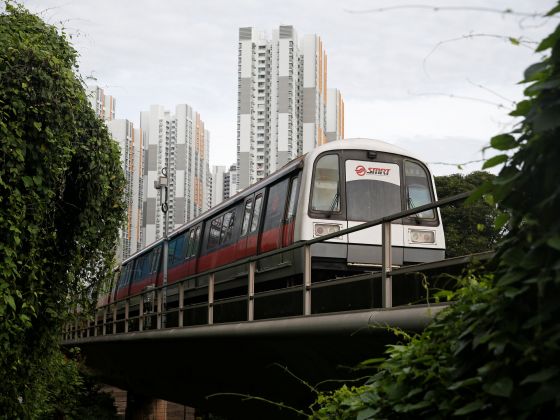
Singapore's Land Transport Authority (LTA) said that the trial of new train signalling system will halt all trains travelling along the North-South Line (NSL) at around 11pm on Tuesday (28 March). According to reports, commuters are expected to be stranded for about 10 minutes as SMRT's Operations Control Centre and train captains switch the network and trains over to the new signalling system.
During this trial, SMRT will deploy staff to stations along the NSL to provide assistance to passengers. "We would like to remind commuters not to rush to board the trains, as train doors will open and close automatically on the new signalling system," said Siu Yow Wee, SMRT's director for Station Operations for the North-South and East-West Lines, as reported.
Last October LTA announced that the launch of the new signalling system would be delayed to 2017, instead of 2016 as more reliable tests were needed to make sure that it will be beneficial to passengers.
Channel News Asia stated that the new system will allow trains to run more closely to each other, which is a necessary step to decrease the waiting time in between trains at stations. Waiting time is expected to reduce from current 120 seconds to 100 seconds. Moreover, according to LTA, it will also improve peak hour capacity by up to 20 per cent.
"The results will help LTA decide when to extend trials to longer service hours, and eventually the full switch-over of the new signalling system," said Tan Yih Long, LTA's re-signalling project director, as reported.
These trail runs are taking place since August 2016 and included running test trains equipped with the new system. Also, the alignment between train doors and platform screen doors were also adjusted. Test trains were also ran at interchange stations, between the NSL and the East-West Line (EWL), to ensure a proper switch-over.








